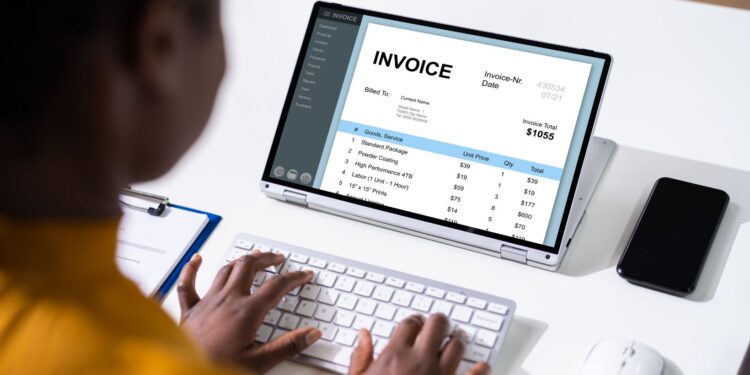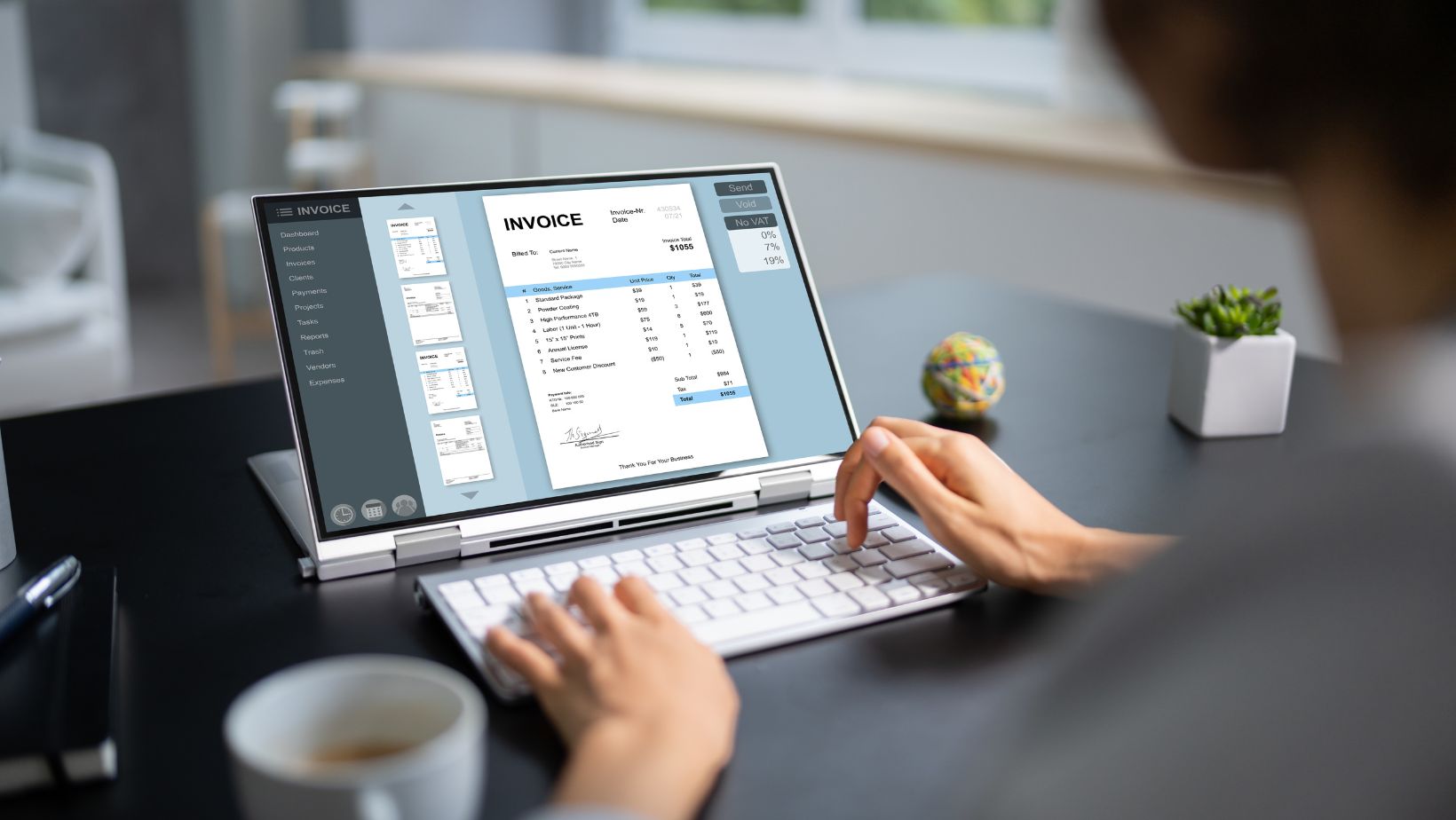Today, managing invoicing manually can feel overwhelming. Luckily, automated invoicing offers a smarter way to handle billing by eliminating repetitive tasks. Instead of creating, sending, and tracking invoices one by one, an automated system takes over, ensuring the process runs smoothly without constant intervention.
With automated invoicing, your invoices are sent on time, payment reminders are handled automatically, and you gain access to detailed reporting. If your business uses usage-based billing, automation becomes even more critical. It simplifies tracking customer usage and converting that data into accurate invoices.
By leveraging automated tools, you reduce the likelihood of human error, such as billing inaccuracies or missed payments. This results in better cash flow management, allowing you to focus on growing your business rather than chasing down late payments or correcting mistakes.
How Usage-Based Billing Benefits from Automation
If your business operates on a usage-based billing model, you know how complex it can be to calculate charges manually. Tracking how much customers use your services, applying appropriate rates, and generating accurate invoices is time-consuming and prone to errors. Automated invoicing tools simplify this process by seamlessly integrating with usage tracking systems.
Automation ensures that invoices reflect real-time data, leaving no room for disputes over billing discrepancies. For instance, if you run a subscription-based platform or a utility service, automated systems can track individual customer usage and instantly generate invoices based on that data.
This saves time and improves accuracy, strengthening the trust between you and your customers.
Automated invoicing makes it easier to scale a business that relies on variable billing. As your customer base grows, handling usage-based billing manually becomes nearly impossible. Automation ensures the process remains manageable, no matter how many clients you serve.
The Impact of Automated Invoicing on Cash Flow
When invoices are sent late or payments are delayed, your cash flow suffers. Automated invoicing addresses this issue by ensuring invoices go out promptly and payment reminders are sent without manual intervention. By reducing delays in billing, you create a consistent flow of revenue that supports your business’s financial stability.
Payment tracking is another area where automation shines. Automated systems monitor incoming payments and update records in real time, making it easier to identify outstanding balances. This transparency helps you stay on top of your finances and reduces the risk of cash flow disruptions.
Late payments are a common challenge for businesses, but automated invoicing tools can help mitigate this issue. Features like automated reminders and penalty calculations encourage customers to pay on time. Over time, this fosters a culture of prompt payments, further stabilizing your cash flow.
Saving Time and Resources with Automation
Manually managing invoices consumes valuable time that could be better spent on other aspects of your business. Automated invoicing frees you from these repetitive tasks, allowing you to focus on strategy, customer service, and growth.
For example, recurring invoices for subscription-based services can be set up once and sent automatically at regular intervals. You no longer have to remember due dates or worry about sending reminders.
The same applies to late payment follow-ups—automated systems handle them without requiring your direct involvement.
Automated invoicing also lowers operational costs by reducing the need for manual input. You spend less on administrative labor, and errors that could result in lost revenue are minimized.
How Automation Improves Customer Relationships
Accurate and timely invoicing is key to maintaining positive relationships with your clients. Late or incorrect invoices can damage trust, leading to frustration and disputes.
Automated systems ensure every invoice is accurate, professional, and sent on time, leaving a positive impression on your customers.
Additionally, automation allows for greater transparency in billing. Many tools offer customer portals where clients can view their invoices, track payments, and access usage reports.
This level of access builds trust and reduces the likelihood of billing disputes.
For businesses using usage-based billing, transparency is particularly important. When customers can see exactly how their charges are calculated, they’re more likely to feel confident in your services and continue doing business with you.
Conclusion: Why Automated Invoicing Is the Future
Automated invoicing is a necessity for businesses looking to improve cash flow management and customer satisfaction. Adopting these tools simplifies complex billing processes, especially for models like usage-based billing, and ensures consistent, accurate invoicing.
With benefits like reduced errors, timely payments, and better scalability, automated invoicing helps you maintain financial stability and save valuable time. Beyond that, it strengthens your customer relationships by providing a seamless and transparent billing experience.










